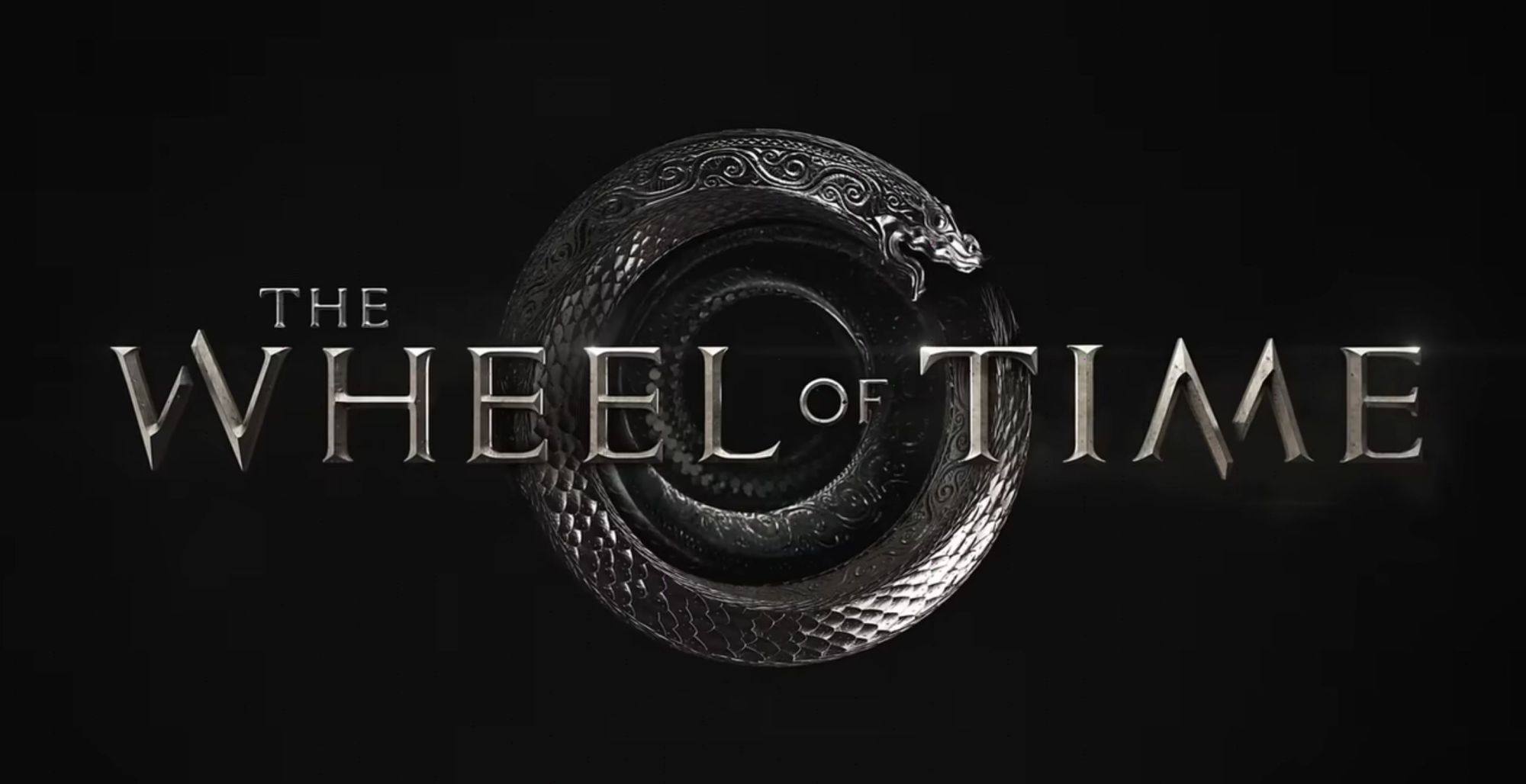## Forget Guitar Hero, Indie Devs Are Where The Real Rhythm Revolution Is Happening
Remember the days of frantically strumming plastic guitars, sweating over perfectly timed button presses? Rhythm games were once the undisputed kings of the gaming world, but somewhere along the line, they faded into the background. You might think the genre died out with the plastic instrument craze, but hold on to your controllers, folks, because a revolution is brewing. This time, it’s not coming from massive AAA studios, but from the passionate hearts of indie developers.

Get ready to dive into a world where rhythm games are more than just button mashing – they’re innovative, experimental, and pushing the boundaries of what’s possible. We’re talking about games that are as captivating as a symphony, as electrifying as a live performance, and as unique as the artists who create them.

The Power of Community: Indie Developers and Cultivating a Dedicated Audience
The rise of independent game development has revolutionized the gaming landscape, fostering a vibrant ecosystem of creativity and innovation. Indie developers, often operating with smaller teams and tighter budgets, have carved out a unique space by connecting directly with their audiences and building passionate communities around their projects.

Direct Engagement and Feedback Loops
One of the key strengths of indie developers is their ability to engage directly with their players. Through platforms like Discord, Twitter, and Reddit, they can solicit feedback, address concerns, and build relationships with their fanbase. This direct line of communication allows for a more iterative development process, where player input shapes the final product in meaningful ways.
Cultivating a Sense of Belonging
Indie developers often create games that cater to niche interests or explore unconventional themes. This focus on specialized content fosters a strong sense of community among players who share a common passion. Online forums, fan art, and cosplay events become hubs for these communities to connect, share their experiences, and celebrate their shared love for the game.
Supporting the Indie Ecosystem
Gamers have a vital role to play in supporting the indie development scene. By purchasing indie games, leaving positive reviews, and spreading the word about their favorite titles, they contribute to the financial sustainability of these studios and encourage continued innovation.
Beyond the Beat: Exploring Genre Crossovers and Hybrid Experiences
The rhythm genre has traditionally been defined by its focus on musical timing and mechanics. However, recent years have seen a surge in hybrid games that blend rhythm elements with other genres, creating unique and engaging gameplay experiences.
Adventure and Exploration with a Rhythmic Twist
Games like “Crypt of the NecroDancer” and “Cadence of Hyrule” demonstrate the effectiveness of combining rhythm gameplay with dungeon crawling and exploration. Players navigate intricate levels, battle enemies, and solve puzzles, all synchronized to the beat of the music.
Action and Combat Enhanced by Music
“Guitar Hero” and “Rock Band” paved the way for rhythm-based action games. More recent titles like “Noita” and “Rhythm Doctor” showcase the potential of incorporating rhythm mechanics into fast-paced combat and platforming challenges.
Narrative Storytelling Through Rhythmic Expression
“Fresh Tracks” and “Starstruck: Hands of Time” demonstrate how rhythm gameplay can be used to enhance narrative storytelling. Players progress through the game’s narrative by mastering musical challenges, unlocking new chapters, and uncovering the story’s mysteries.
The Benefits of Genre Fusion
The combination of rhythm elements with other genres offers numerous benefits:
- Increased Replayability: Rhythm challenges provide a unique layer of depth and replayability, encouraging players to master different songs and levels.
- Enhanced Immersion: Music has a powerful emotional impact, and incorporating rhythm gameplay can create a more immersive and engaging experience.
- Novel Gameplay Mechanics: Genre fusion allows developers to experiment with innovative gameplay mechanics and create truly unique experiences.
Conclusion
So, it turns out we’ve been sleeping on rhythm games. Not the mainstream, button-mashing affairs we associate with the genre, but the intricate, nuanced experiences bubbling up from the indie scene. This isn’t just about tapping to the beat anymore; it’s about weaving tapestries of sound, mastering complex mechanics, and discovering unexpected narratives within the rhythm itself. Indie developers, unburdened by the pressures of AAA expectations, have pushed the boundaries of what’s possible, crafting games that are as much about artistry as they are about precision timing.
The implications of this resurgence are exciting. Rhythm games, once relegated to a niche corner of gaming, are poised to explode into the mainstream once again, but this time with a diverse and innovative edge. Imagine a future where rhythm mechanics are woven into RPGs, platformers, and even first-person shooters, adding a layer of depth and creativity to gameplay. Imagine discovering a story not through dialogue or cutscenes, but through the ebb and flow of a carefully crafted soundtrack. The potential is limitless, and the indie scene is leading the charge, proving that sometimes the most innovative ideas come from the most unexpected places.
The next time you think “rhythm game,” don’t just picture flashing lights and button combos. Think of a symphony of sound waiting to be explored, a world built on the pulse of the beat, a future where music and gaming become indistinguishable. The rhythm revolution is here, and it’s time to tap in.